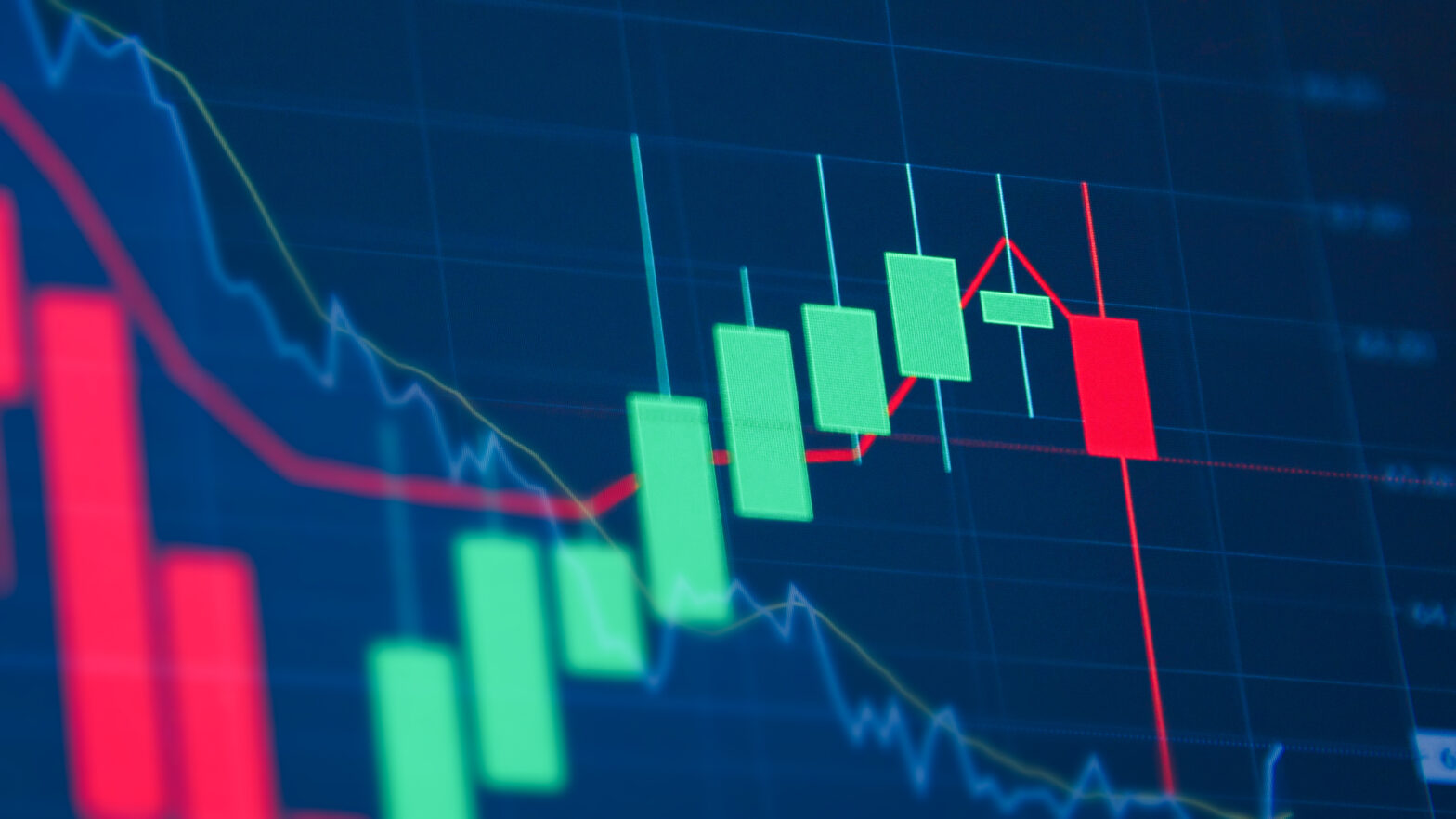Fairfax’s Senior business columnist Stephen Bartholomeusz recently described how a particular trade being made en masse by hedge funds threatens the AUD 39 trillion US government bond market. Such bonds commonly being known as the “USTs” (as in, US Treasuries).
It was a good read but having read the relevant report published by BIS, I’m not sure it fully captured the nature of the risk that’s been called out.
Why are USTs so important?
As I wrote for Independent Australia back in 2020, aside from cash, the highest quality and probably most popular asset in global terms are USTs. They are low risk and in terms of liquidity, almost as good as cash. Part of why USTs are so liquid is that they can be traded in the “repo” market, where banks and other large financial institutions temporarily convert their USTs to cash.
Who’s “buying” USTs in Repo markets?
Clarifying what Bartholomeusz described, hedge funds “buy” the USTs – but effectively it’s borrowing, because they have an obligation to return – then use them to sell a short position in the futures market.
At the granular level, these are simple, low-risk trades. Cash paid for USTs. USTs shorted to realise a small an arbitrage opportunity for a small profit. A low volatility asset. So what’s the big risk the BIS is concerned about?
The key thing to understand is that the hedge funds, when they go on to sell short positions, are doing so on a leveraged basis – that is, the exposure they take is a high multiple of the value of the USTs they actually hold. They are using the USTs as margin, a deposit.
The big risk is if something happens to cause a squeeze on the margin required for hedge funds to keep the trade on, so much so that: a) there is a run on USTs; or b) hedge funds wind up their short positions, thereby crippling the futures market, which while “synthetic” ultimately still requires practiced market participants to occupy the sell-side.
The BIS piece describes that such a squeeze was perhaps only just avoided a few years ago, when new derivatives trades “initial margining” requirements meant USTs were required for other purposes.
Point being, it’s not out of the realm of possibility.
Could the Fed effectively intervene if things got hairy?
Stephen made it out like it would be fairly simple, if controversial, for the Fed to step in if it the pent-up risk in this at-scale trade type did materialise. I’m not so sure. Maybe if it was simple as there being a spike in demand for USTs to satisfy margin calls, then the fed could issue more bonds. The sort of reverse solution for the liquidity crisis that arose at the start of COVID.
But what about if hedge funds are hit with so hard they bow out? That, at scale, they wind up their positions.
As a flow-on effect, all of a sudden there are no short-sellers enabling futures (synthetic) market exposures, which are increasingly being relied on by mega financial institutions like pension and superannuation funds to achieve their fixed income exposures.
That scenario feels a lot more complex: it’s one thing for the Fed to issue more bonds; it’s quite another for it to step into the futures market as a seller.


